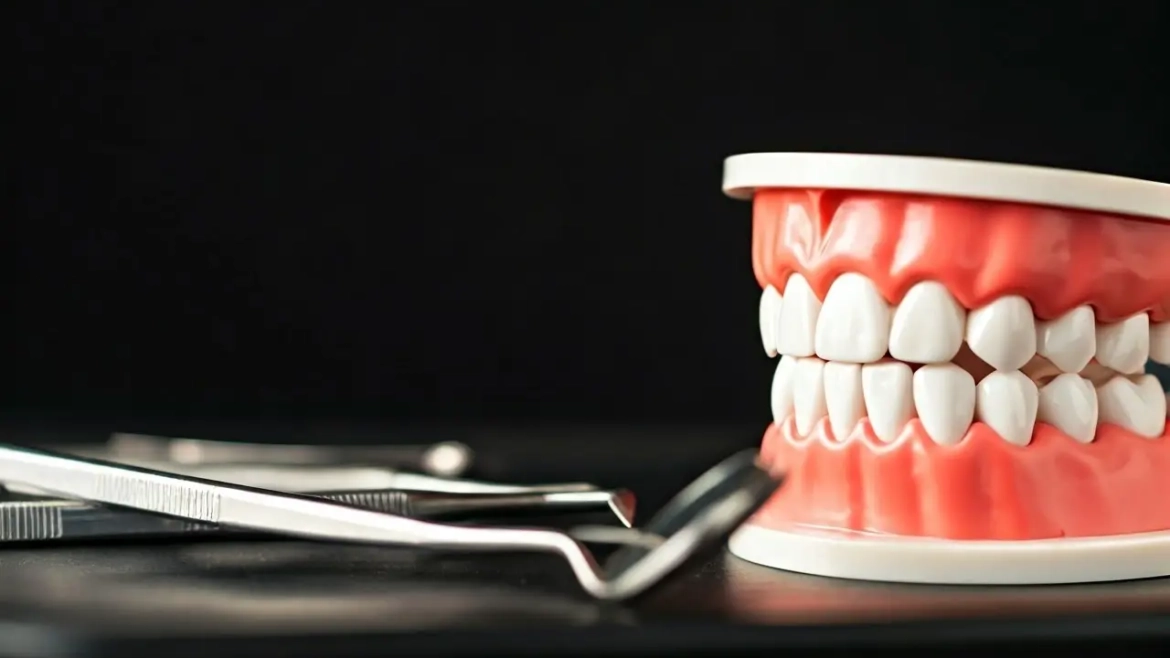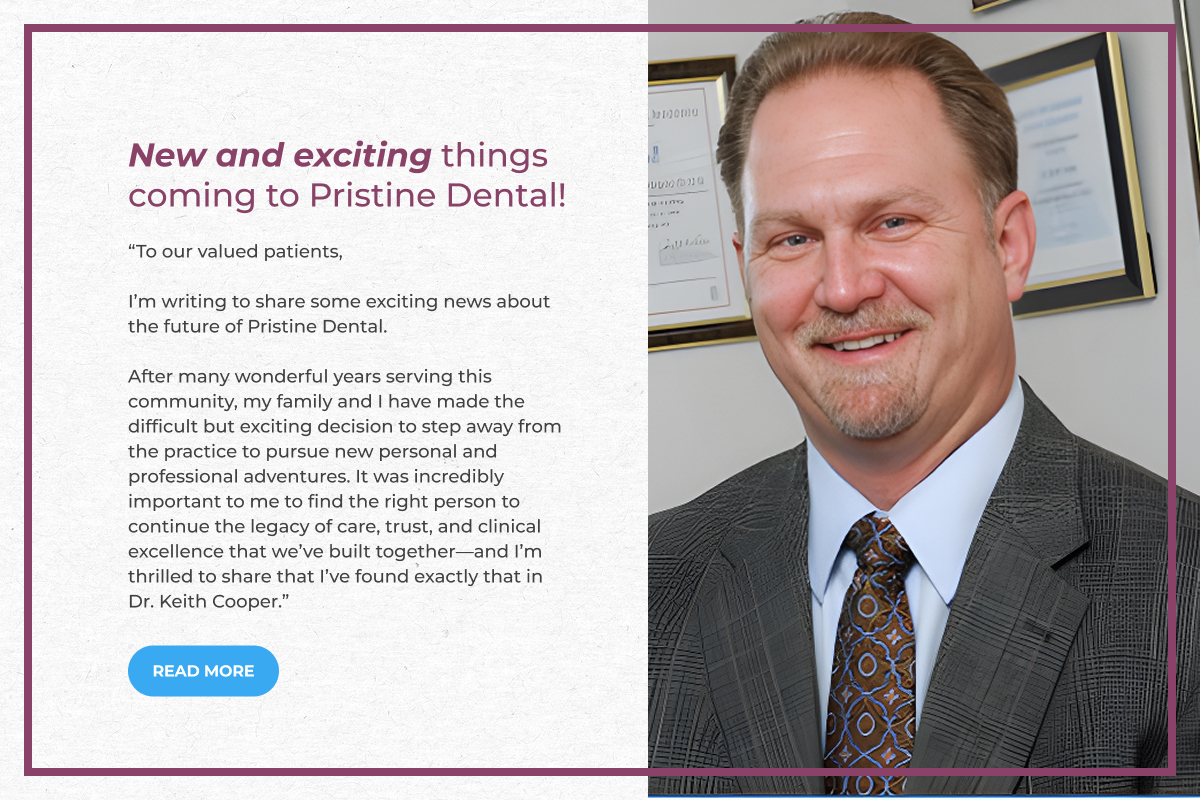Gum disease, also known as periodontal disease, is a common but preventable condition that affects millions of people worldwide. It ranges from simple gum inflammation to serious damage to the soft tissue and bone that support the teeth. In this blog, we will explore how periodontics, a specialized field in dentistry, plays a crucial role in preventing and managing gum disease.
Understanding Gum Disease
Gum disease begins with bacterial growth in your mouth and can end, if not properly treated, with tooth loss due to the destruction of the tissue that surrounds your teeth. The two stages of gum disease are gingivitis and periodontitis. Early intervention is key to preventing the progression of gum disease.
Gingivitis is the initial stage of gum disease and is characterized by red, swollen, and bleeding gums. At this stage, the damage is still reversible, which is why early detection and treatment are crucial. On the other hand, periodontitis is more severe and involves the inflammation of the connective tissue and jawbone that support the teeth. If untreated, periodontitis can lead to tooth loss and may even impact overall health.
Several factors contribute to the development of gum disease, including poor oral hygiene, smoking, certain illnesses like diabetes, and even genetic predisposition. Smoking is particularly harmful as it not only causes dry mouth but also diminishes the body’s ability to heal gum tissue. Understanding these risk factors can help individuals take preventive measures and seek timely treatment.
According to a detailed overview provided by the National Institute of Dental and Craniofacial Research, gum disease is an infection of the tissues that hold your teeth in place. It’s usually caused by poor brushing and flossing habits that allow plaque—a sticky film of bacteria—to build up on the teeth and harden. Over time, this can lead to more serious complications.
What is Periodontics?
Periodontics is a dental specialty focused on the inflammatory disease that destroys the gums and other supporting structures around the teeth. It involves both preventive and therapeutic treatments to maintain oral health.
The main goal of periodontics is to prevent periodontal disease from progressing by emphasizing the importance of proper oral hygiene and regular dental check-ups. Through various techniques and treatments, periodontists aim to keep your gums healthy and prevent complications that can arise from neglected oral health.
Periodontics also encompasses treatments like scaling and root planing, which involve cleaning the tartar and plaque from below the gum line. By doing so, periodontists can mitigate the early stages of gum disease and prevent more severe forms from developing. These procedures are often combined with patient education to promote better oral hygiene habits.
The Role of a Periodontist
A periodontist is a dentist who specializes in the prevention, diagnosis, and treatment of periodontal disease. They receive extensive training in these areas, including three additional years of education beyond dental school. Their expertise is crucial for managing both early and advanced stages of gum disease.
Periodontists are also skilled in performing a range of procedures that go beyond standard dental care. For example, they are trained in placing dental implants, conducting bone grafts, and executing gum surgery. This specialized knowledge enables them to treat complex cases that a general dentist might not be equipped to handle.
A periodontist’s role is not just limited to treating the disease; they are also educators who invest time in teaching patients about the importance of oral hygiene and how to maintain it effectively. This multifaceted approach ensures that patients have the knowledge and tools they need to keep their gums healthy.
Preventive Care in Periodontics
Preventive care is a significant aspect of periodontics. Regular dental check-ups and professional cleanings can help prevent gum disease. Periodontists also educate patients on effective oral hygiene practices such as proper brushing and flossing techniques.
Routine dental visits allow for early detection of gum disease symptoms, making it easier to manage and treat. Professional cleanings conducted by periodontists can remove plaque and tartar build-up that regular brushing and flossing cannot address. This thorough cleaning helps in maintaining the health of the gums and preventing the onset of periodontal disease.
In addition to cleanings, periodontists often recommend using antimicrobial mouthwashes and specialized toothpaste designed to target plaque and bacteria more effectively. Combining these products with daily dental care routines significantly reduces the risk of periodontal issues.
Non-Surgical Treatments
For early stages of gum disease, periodontists may recommend non-surgical treatments such as scaling and root planing. These deep-cleaning procedures remove plaque and tartar from below the gumline and smooth the tooth root to prevent future bacterial build-up.
Scaling and root planing, often known as a ‘deep cleaning,’ are fundamental procedures in the non-surgical treatment arsenal. These procedures involve meticulously cleaning each tooth below the gum line, where regular brushing cannot reach. This not only removes harmful bacteria and plaque but also promotes the healing of inflamed gum tissue.
Antibiotic therapy is another non-surgical option commonly employed by periodontists. Topical or oral antibiotics can be used to combat the bacteria responsible for gum disease. Often, these antibiotics are part of a comprehensive treatment plan to ensure that the infection is effectively controlled.
Surgical Treatments
In more severe cases of gum disease, surgical interventions might be necessary. These can include flap surgery, bone grafts, and tissue grafts to restore supportive tissues and bone destroyed by periodontal disease.
Flap surgery, or periodontal pocket reduction, is usually undertaken when the pockets around the teeth become too deep for regular cleaning methods. During this procedure, the periodontist folds back the gum tissue to remove disease-causing bacteria before securing the tissue back in place. This helps reduce the pocket size and makes the area easier to keep clean.
Bone grafting is performed when periodontitis has led to bone loss around the teeth. Grafts, sourced either from the patient or a donor, are placed in the affected area to stimulate new bone growth and provide a stable foundation for the teeth. Over time, these grafts integrate with the existing bone, restoring its density and strength.
In cases where the gum tissue has been significantly damaged, tissue grafts can be used to restore the gum line. This involves taking tissue from another part of the mouth, often the palate, and grafting it onto the affected area. These grafts help in covering exposed roots, reducing tooth sensitivity, and improving the appearance of the gum line.
Maintaining Oral Health Post-Treatment
After undergoing treatment, maintaining good oral hygiene is crucial to prevent recurrence of gum disease. Periodontists will often set up a maintenance plan that involves regular visits for monitoring and professional cleaning.
These maintenance visits are essential as they enable the periodontist to monitor the health of your gums and catch any early signs of recurrence. Professional cleaning during these visits ensures that any accumulated plaque and tartar are removed before they can cause further damage.
Additionally, patients are advised to adhere to a stringent oral hygiene routine at home. This includes brushing twice a day with a fluoride toothpaste, flossing daily, and using an antimicrobial mouthwash to keep harmful bacteria at bay. Lifestyle changes such as quitting smoking and improving diet can also greatly impact oral health.
The role of periodontics in preventing and treating gum disease cannot be overstated. By combining professional dental care with comprehensive patient education and preventive measures, periodontists ensure that individuals maintain optimal oral health, thereby reducing the risk of serious periodontal diseases and their associated complications.
The Essential Role of Periodontics in Oral Health
Periodontics serves as a cornerstone in the preventive and therapeutic measures against gum disease. Through regular check-ups, professional cleanings, and specialized treatments, periodontists provide essential care that helps maintain healthy gums and overall oral health. By understanding the importance of periodontal care and following recommended dental practices, you can significantly reduce your risk of developing severe gum disease.



